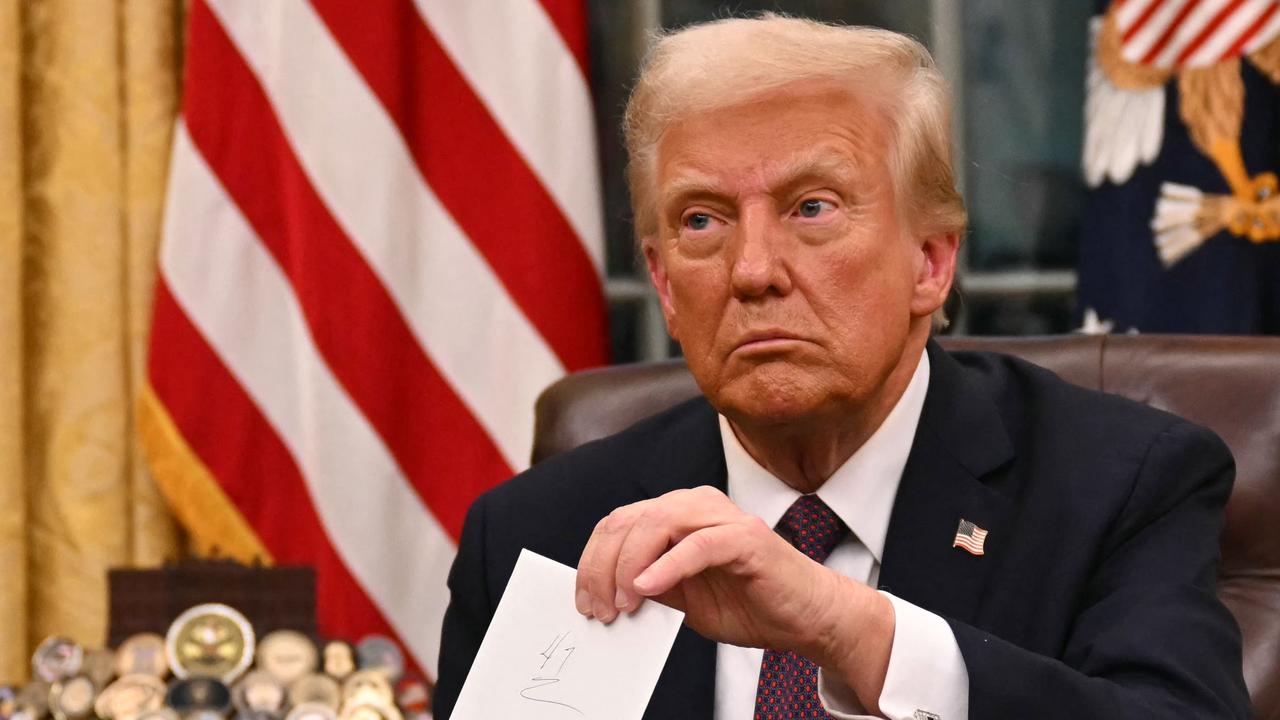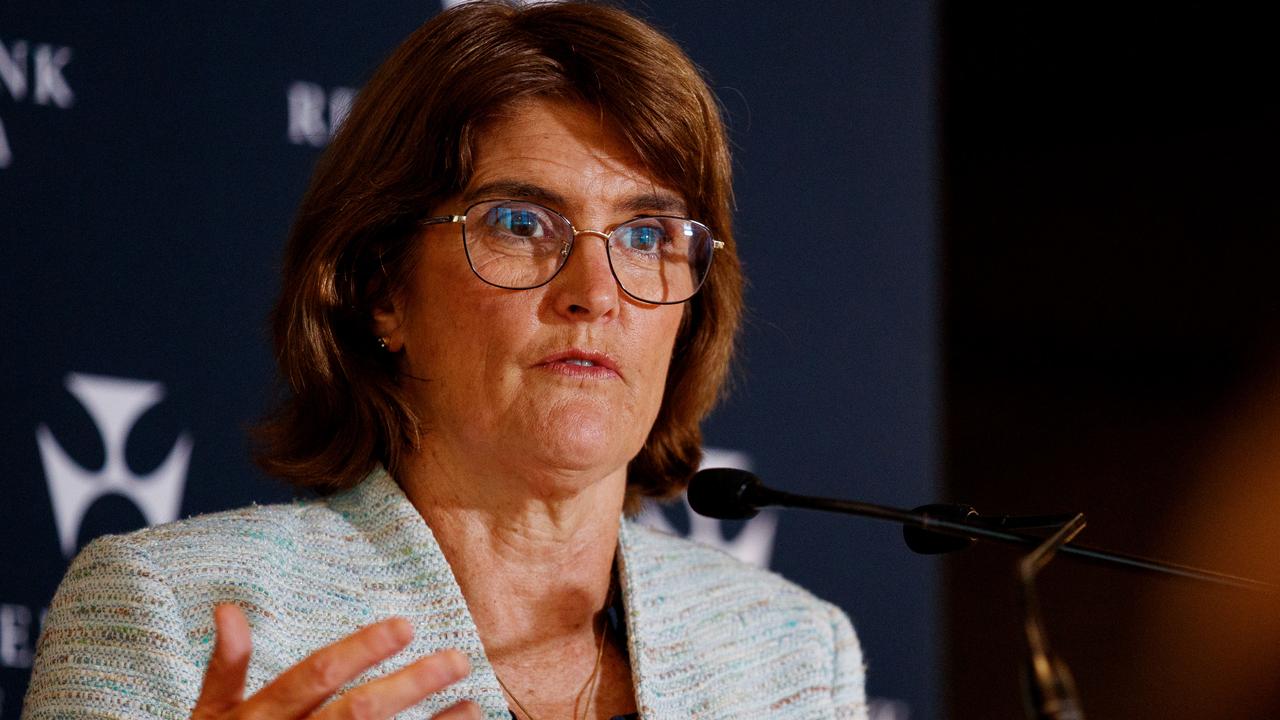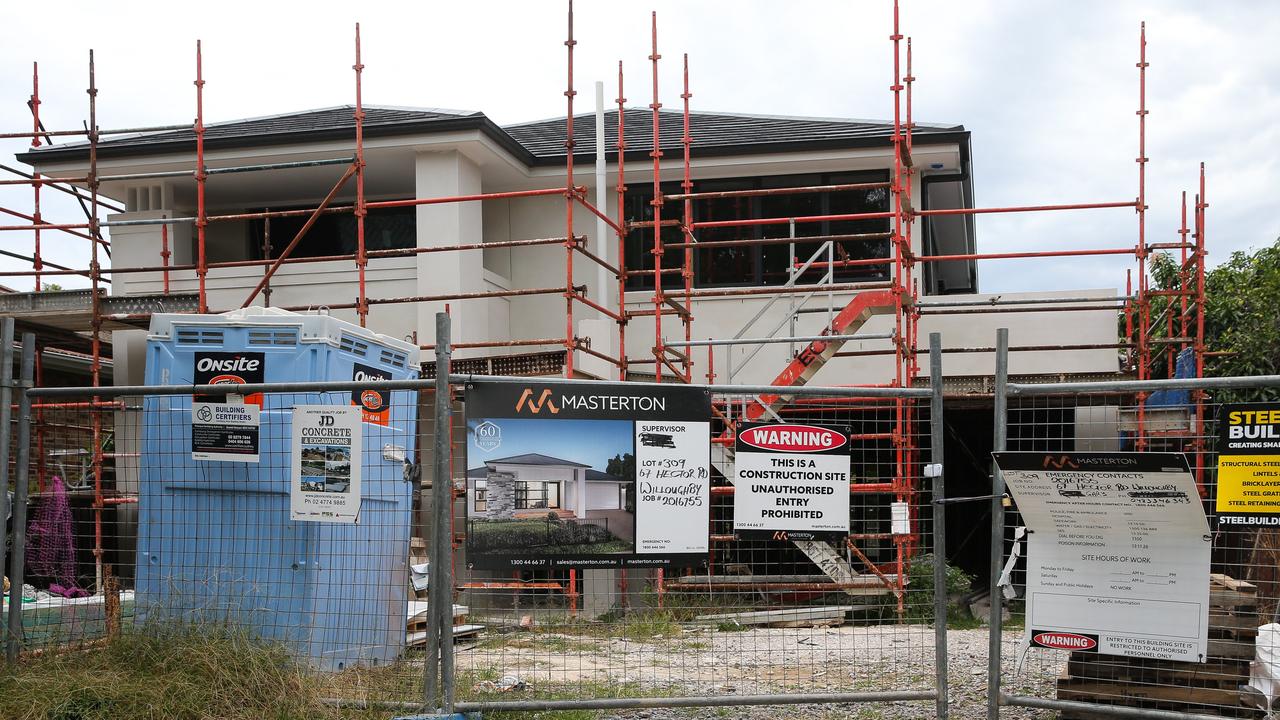Australian dollar slumps to more than 10-year-low
Prepare to pay more than you hoped for if travelling abroad with the Aussie dollar slipping to levels not seen since 2009 after the GFC.
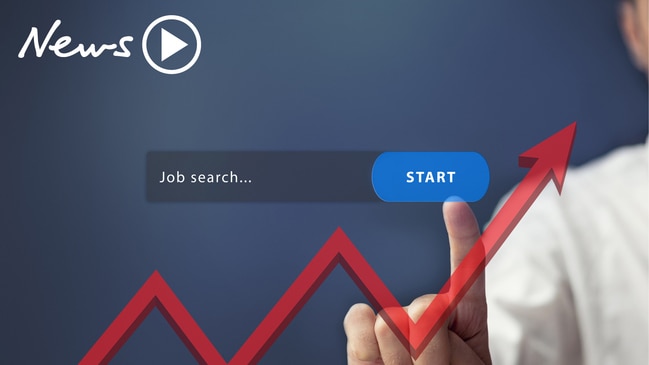
The Australian dollar has slumped to a 10-year-low against the US dollar after the Reserve Bank cut the interest rate by 25 basis points.
In overnight trade, the dollar sunk to 66.72 cents against the greenback. The Aussie dollar hasn’t had that little buying power in the US since March 2009, in the aftermath of the global financial crisis.
The benchmark S&P/ASX200 index was also down by 95.1 points, or 1.41 per cent, this morning.
Critics say the RBA has done a poor job of selling the rate cut, with many people assuming is a sign of a failing economy.
In trade today, the dollar has risen to 67.14c but that’s way down on the high of 68.9c earlier this month and 72c in February.
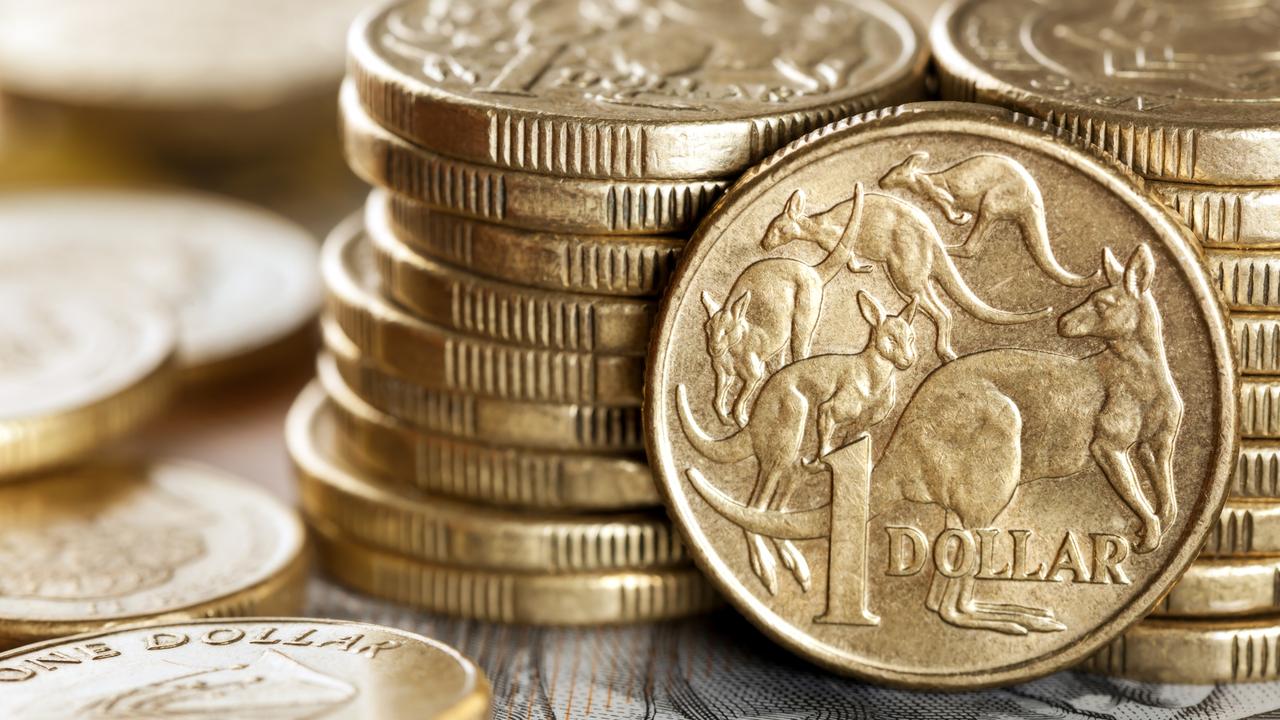
It’s a huge contrast to much of 2011 and 2012 when the Australian dollar reached parity and then surpassed the American dollar.
A low dollar buys less overseas currency. So anyone heading on holiday to the US will have to take out more from ATMs to pay for coffees, meals and tickets to the must-see sights.
Companies based in Australia will have to pay more to import goods and the same goes for Australians buying products from overseas, say on eBay, when they are priced in US dollars.
Conversely, tourists heading to Australia will get more bang for their buck, so may spend more. Australian firms who export could benefit as their goods cost less to people and companies internationally, while companies selling domestically could fare better as overseas alternatives will cost more.
The Australian dollar often rises when economies are shaky elsewhere as our market can be seen as a safe haven. However, the US-China trade stoush is adversely affecting our biggest trading partner in China and that is making Australia’s outlook appear less positive.
RBA governor Philip Lowe zeroed in on China yesterday when setting the scene for the rate cut.
“The US-China trade and technology disputes are affecting international trade flows and investment as businesses scale back spending plans because of the increased uncertainty,” he said.
“In China, the authorities have taken further steps to support the economy, while continuing to address risks in the financial system.”
A slowing Chinese economy means the country will need fewer Australian minerals.
But the real issues are closer to home with a lack of wages growth and “weaker than expected” growth of 1.4 per cent in the last quarter.
“The main domestic uncertainty continues to be the outlook for consumption, with the sustained period of only modest increases in household disposable income continuing to weigh on consumer spending,” Mr Lowe said.
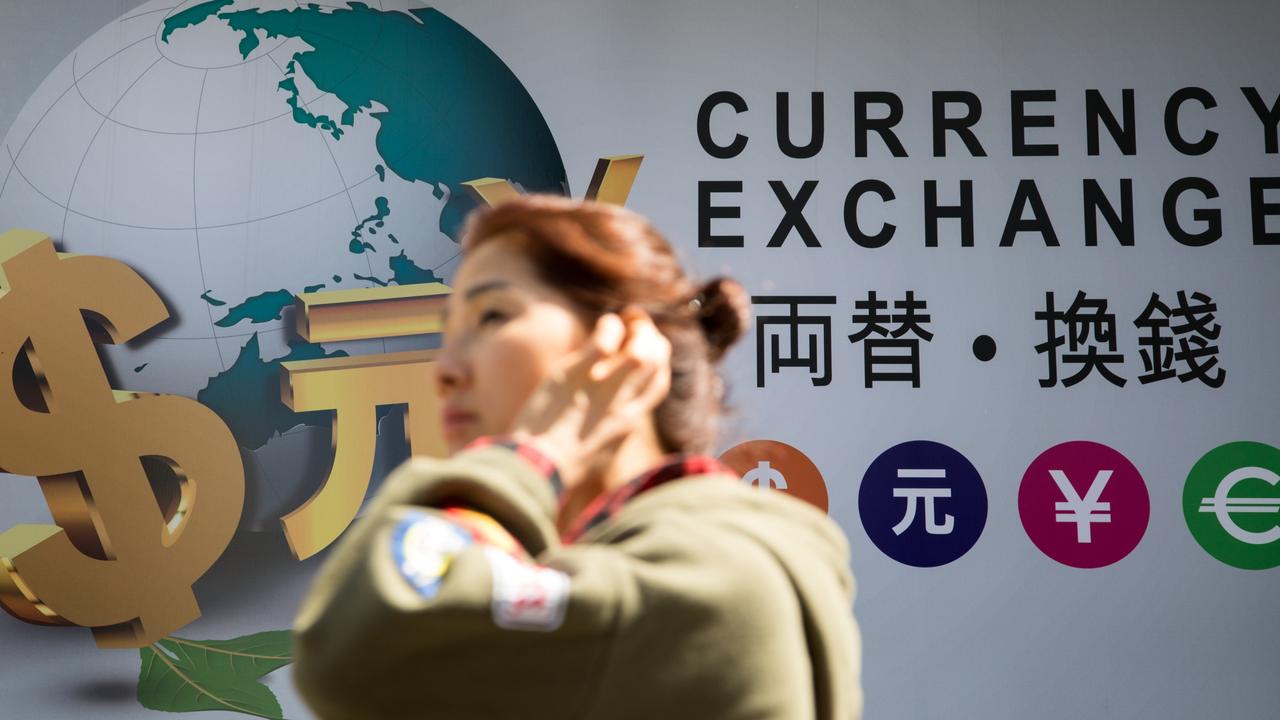
The RBA is also concerned that unemployment of 5.4 per cent is above its preferred level of 4.5 per cent. Inflation is also sluggish.
Mr Lowe suggested more might need to be done to kickstart the economy.
“The board will continue to monitor developments, including in the labour market, and is prepared to ease monetary policy further if needed to support sustainable growth in the economy, full employment and the achievement of the inflation target over time,” he said.
There are some positive signs: house prices appear to have turned a corner, infrastructure spending is high and low interest rates could put some oomph into the economy.
Deloitte Access Economics principal Chris Richardson says the central bank needs to do a better job explaining the reasons for such drastic movements so as not to spook the population’s spending.
“The Reserve Bank is cutting interest rates for two reasons and everybody assumes it’s just the usual reason — weakness,” he told news.com.au.
“Yes, the economy’s weak but it’s not particularly weak. It’s also trying to get unemployment lower to shift wages along, and that’s an important thing to do.”


